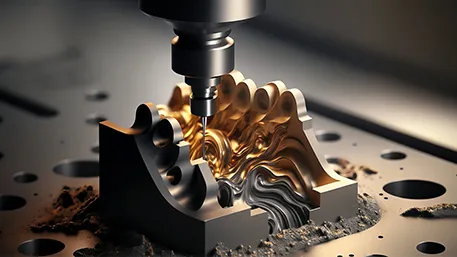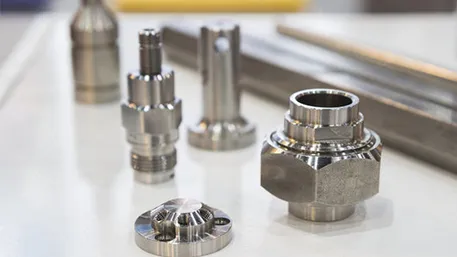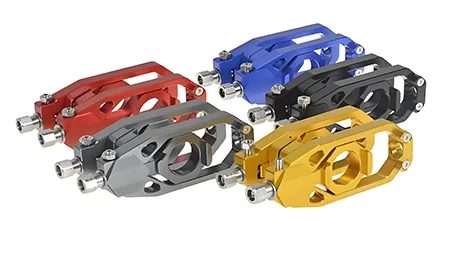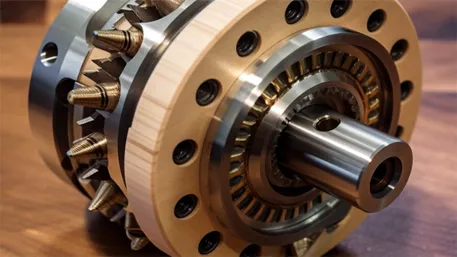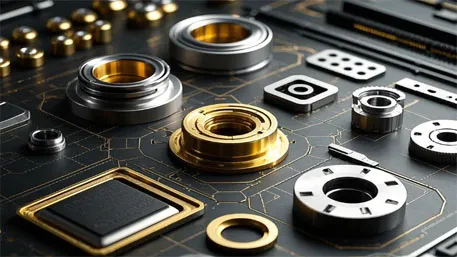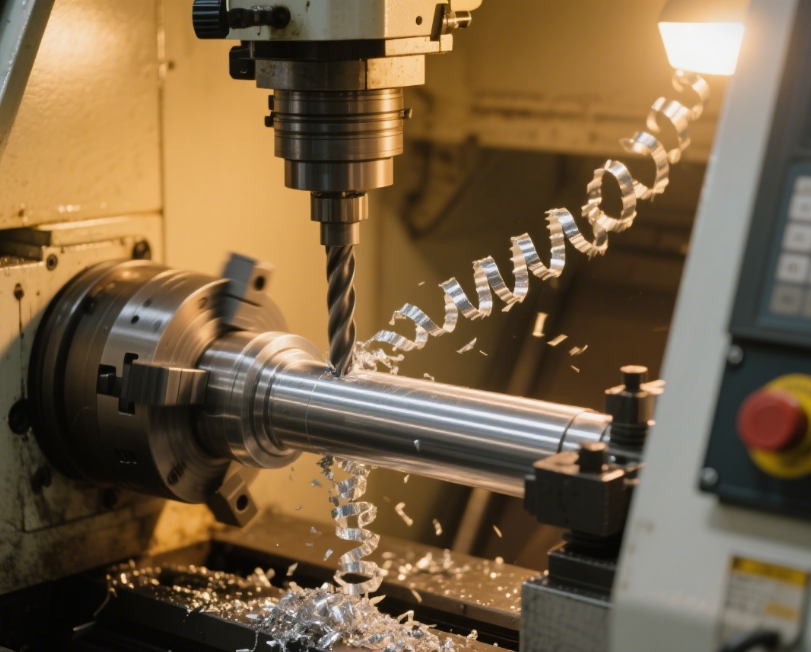
Answer:
CNC turning and CNC milling are two different CNC machining processes. In turning, the workpiece rotates through the spindle, and the tool moves linearly to cut rotary parts such as shafts and cylinders. In milling, the rotating tool (such as an end mill or a ball – nose mill) moves along multiple axes to cut the fixed workpiece, which is suitable for machining planes, grooves, complex contours, or three – dimensional shapes like boxes, molds, and gears.
Extended Answer
Machining Principles and Motion Modes
CNC Turning
Core Mechanism: The workpiece is fixed on the spindle and rotates at high speed. The tool moves linearly along the X – axis (radial) and Z – axis (axial), and material is removed by the tool cutting into the workpiece.
Motion Characteristics: Based on the rotation of the workpiece, the tool makes linear feeding, which is suitable for machining axisymmetric parts.
Typical Operations: Turning outer circles, boring holes, cutting grooves, threading, etc.
CNC Milling
Core Mechanism: The tool rotates at high speed, and the workpiece is fixed on the worktable. Through the linkage of the machine’s X, Y, Z – axes (or more axes), the tool cuts the workpiece according to the trajectory.
Motion Characteristics: Based on the rotation of the tool, the workpiece or the tool makes multi – axis linkage motion, enabling the machining of non – symmetric and complex three – dimensional structures.
Typical Operations: Milling planes, milling grooves, contour milling, cavity machining, surface milling, etc.
Relationship between Tool and Workpiece
CNC Turning
Tool Types: The tool shape is fixed (such as external turning tools, boring tools, threading tools), usually with single – edge or a few edges, and the structure is simple.
Workpiece Positioning: The workpiece is fixed by chucks, centers, etc., and coaxiality during rotation needs to be ensured.
Tool Movement: The tool moves in a straight line, and the cutting trajectory depends on the cooperation of workpiece rotation and tool feeding.
CNC Milling
Tool Types: There are various tools (such as end mills, face mills, ball – nose mills, formed mills), with a multi – edge design to adapt to different surfaces and contours.
Workpiece Positioning: The workpiece is fixed on the worktable by fixtures, and clamping stability needs to be considered to withstand cutting forces in multiple directions.
Tool Movement: The tool can move in curves or straight lines along multiple axes, and complex trajectories (such as arcs, helical lines) are achieved through interpolation algorithms.
Application Scenarios and Typical Parts
CNC Turning
Suitable Parts: Shaft – type parts (such as motor shafts, gear shafts), disc – type parts (such as flanges, end covers), sleeve – type parts (such as bearing sleeves), threaded parts (such as bolts, lead screws), etc.
Industry Applications: Automotive manufacturing (crankshafts, camshafts), aerospace (turbine shafts), medical devices (implant rods), etc.
CNC Milling
Suitable Parts: Box – type parts (such as gearbox housings), molds (such as injection mold cavities), planar structures (such as circuit board brackets), complex surfaces (such as aero – engine blades, automotive panel molds), etc.
Industry Applications: Mold manufacturing, aerospace (fuselage frames, wing components), electronic equipment (enclosures), mechanical equipment (gearbox parts), etc.
Machined Shapes and Complexity
CNC Turning
Shape Limitations: Can only machine rotary or axisymmetric shapes. The cross – section of the part is usually circular, and it is difficult to handle non – symmetric structures (such as side bosses, irregular holes).
Complexity: Suitable for simple to moderately complex parts. If non – rotary features (such as keyways) need to be processed, other processes like milling need to be combined.
CNC Milling
Shape Flexibility: Can machine any planes, surfaces, hole systems, grooves, and even non – symmetric, multi – feature composite parts (such as brackets with inclined holes, impellers).
Complexity: High – complexity three – dimensional modeling can be achieved through multi – axis linkage (such as 3 – axis, 4 – axis, 5 – axis), without the need for multiple process switches.
Precision and Surface Quality
CNC Turning
Dimensional Accuracy: Usually can reach ±0.01–0.1 mm, suitable for high – precision machining of cylindrical surfaces and end faces (such as bearing mating surfaces).
Surface Roughness: The Ra value is generally 1.6–6.3 μm, and can be reduced to below Ra 0.8 μm through fine turning.
CNC Milling
Dimensional Accuracy: Depends on the machine tool accuracy and process. Ordinary milling can reach ±0.05 mm, and precision milling (such as 5 – axis machining) can reach ±0.005 mm.
Surface Roughness: The Ra value is usually 0.8–3.2 μm. Finish machining (such as high – speed milling) can achieve below Ra 0.2 μm, which is suitable for optical parts or mold mirror – surface machining.
Machine Tool Structure and Programming Differences
CNC Turning
Machine Tool Structure: The spindle is arranged horizontally (horizontal lathe) or vertically (vertical lathe), and the tool post moves along the X/Z – axes, with a relatively simple structure.
Programming Features: G – codes focus on the cooperation between workpiece rotation and linear tool movement (such as G01 linear interpolation, G92 threading), and the programming logic is centered around the rotary part contour.
CNC Milling
Machine Tool Structure: The spindle is vertical (vertical milling machine) or horizontal (horizontal milling machine), the worktable moves along the X/Y/Z – axes, and multi – axis machine tools need to control the rotation axes (such as A, B, C axes).
Programming Features: G – codes need to handle multi – axis linkage (such as G02/G03 circular interpolation, G17 – G19 plane selection), and complex trajectory programs are often generated with the help of CAD/CAM software (such as UG, Mastercam).
In conclusion, CNC turning and milling are significantly different in machining principles, tool movements, application scenarios, and precision requirements. In actual production, the two are often used in combination (such as turning – milling compound machine tools) to achieve full – process machining of complex parts, improving efficiency and precision.

